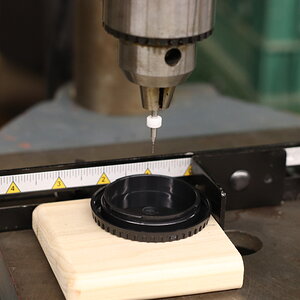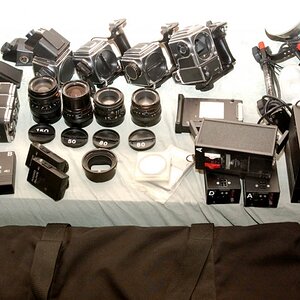Dmitri
No longer a newbie, moving up!
- Joined
- Jun 20, 2008
- Messages
- 5,882
- Reaction score
- 44
- Location
- End of the line
- Can others edit my Photos
- Photos NOT OK to edit
I am looking at building a battery pack for my vivitar 285HV to hopefully reduce recycle times. I found some nice ones, but I was wondering if using a 12v battery might be better than a 6v? Since it's the HV version instead of the regular 285, would this be acceptable?
I know 0 about electronics and I'm a bit confused by this. I did read somewhere that the HV can handle higher voltages (and can get like 1 sec recycle time at full power, for short bursts).
Anyone with know-how know?
I know 0 about electronics and I'm a bit confused by this. I did read somewhere that the HV can handle higher voltages (and can get like 1 sec recycle time at full power, for short bursts).
Anyone with know-how know?










![[No title]](/data/xfmg/thumbnail/37/37117-26c892e756b53ed0359fa90b7ebd99c9.jpg?1619737883)


